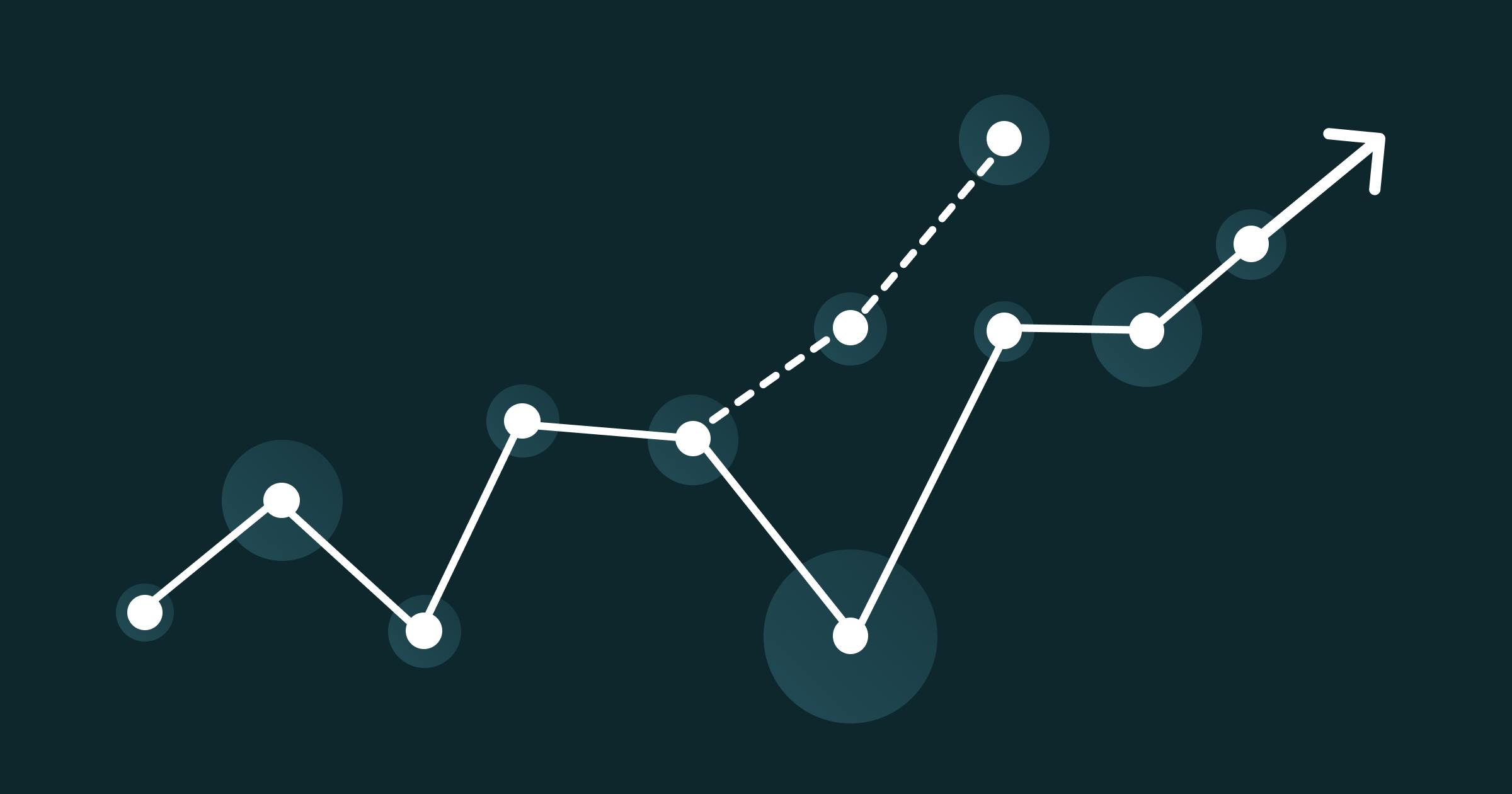insights
How To Build A Forecast
Kevin Bonilla

Creating an accurate demand forecast is crucial for optimizing inventory and supply chain management. You can predict future demand more effectively by analyzing historical sales data to identify trends and patterns. Let’s look at the different ways how to forecast, and the models that are available today that can help make a forecast much more effective.
Moving Averages
Moving average forecasts are a simple and commonly used method for predicting future values in a time series by averaging a fixed number of past observations. Imagine you are trying to figure out popular Marvel movies in the last year. You’ve got your chart with all the ticket sales from that right? Now, a moving average is like taking those sales numbers and smoothing them out, and it can help you see if those movies in the last year are generally doing better or worse by one blockbuster or a flop. For example, if one Marvel movie had a huge opening weekend and another started slow but picked up steam, the moving average gives you a more balanced view of how things are overall. It’s like keeping track of the big picture.
This technique smooths out short-term fluctuations and highlights longer-term trends. It’s a good option to be a starting point for more sophisticated forecasting methods and can be useful when dealing with stable predictable time series data.
Statistical Models
These models use mathematical equations and algorithms to summarize and interpret complex datasets, helping to uncover trends, correlations, and dependencies. This is like making educated guesses about the future and using these patterns to predict what’s coming next.
There are a couple of types of statistical models that we can cover, such as ARIMA and Exponential Smoothing model types.
ARIMA, which stands for Auto-Regressive Integral Moving Average, is more versatile and can handle a wide range of time series behaviors, including trends and seasonal patterns. For example, let's look at predicting how many jackets a retail store will sell next month. In ARIMA, we first look at the autoregressive part, which is that it looks at past jacket sales to predict future sales, like if there’s been a trend of selling more jackets during the colder months. Next is the Integrated part, we adjust for any seasonal trends in clothing sales - maybe sales increase as the weather gets cooler. Finally, for the Moving Average, the model smooths out any random fluctuations in sales, using past sales data to predict a more consistent pattern.
Exponential smoothing on the other hand helps forecasters smooth out noisy data and make predictions based on recent trends, offering a more intuitive approach to forecasting. This is like giving more weight to recent observations while considering older ones. Let’s say for example that last month you sold 100 jackets and the month before that you sold 90 jackets. Instead of treating both months equally, exponential smoothing will give more weight to the most recent sales.
Each statistical models try to predict what will happen next or figure out why things happen the way they do, giving us useful insights into different parts of trends and patterns.
Probabilistic Models
Probabilistic models are tools used in statistics and machine learning to describe uncertainty and make predictions based on probability. This model will use math to predict how likely things are to happen and recognize that the future isn’t always certain.
For example, imagine we’re trying to predict how many sunny days will prompt people to buy sunglasses. Probabilistic models are like that - they will use math to estimate the likelihood of events happening. When looking at past sales, weather forecasts, and trends in fashion, we calculate the chances, like if there is a 60% probability that sunglasses sales will increase when the weather is sunny. You can also apply marketing calendars and additional data to help better predict more accurate forecasts.
This is about using data to forecast how likely it is for people to buy sunglasses, knowing there’s always some uncertainty due to changing weather and this year's fashion trends.
Deep Learning Models
Deep learning models are a type of artificial intelligence (AI) that can mimic the way the human brain processes information and learns from it. These models are sophisticated algorithms that can learn to perform tasks by themselves through exposure to vast amounts of data. In other words, we can use AI in forecasting to leverage sophisticated algorithms to analyze data and uncover patterns.
It’s like having an incredibly sharp sales manager who knows exactly what customers want before they even walk into the store. They will analyze all past purchases, current fashion trends, and local events to predict which products will fly off the shelves. Being able to train your data with extensive historical data and learn complex patterns can help apply it to predict future outcomes when creating forecasts.
Aligning These Models and Strategies
In today's world, numerous predictive and analytical models exist to forecast future trends, and certain platforms specialize in integrating these diverse models seamlessly. Moselle is the tool that can automate these models in a few clicks. With a lot of models being very complicated and time-consuming to formulate forecasts, Moselle includes options for probabilistic, deep learning, and statistical models in a user-friendly way to produce a solid forecast for you and your business.